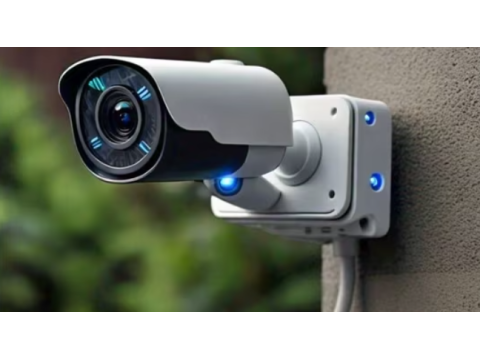How to Choose an Outdoor Surveillance Camera
Outdoor surveillance cameras are essential for monitoring and securing properties like homes, offices, or public spaces. These cameras come in various types, including:
Analog vs. IP Cameras:
- Analog cameras (e.g., AHD, TVI, CVI) are cost-effective and reliable for most household needs. They provide sufficient resolution and durability for general outdoor surveillance.
- IP cameras offer higher resolutions and additional features like remote access, wireless connectivity, and on-board video storage.
Wired vs. Wireless:
- Wired cameras ensure stable connectivity and are ideal for large or complex systems.
- Wireless cameras are easy to install but may suffer from connectivity issues, especially over long distances.
Analog Outdoor Cameras: Reliable and Practical
Analog cameras remain a popular choice due to their:
- High reliability: They perform well in various environmental conditions without overheating, unlike some advanced IP cameras.
- Cost efficiency: Ideal for budget-friendly installations without compromising quality.
- Versatility: Modern analog cameras, like AHD, can record in high definition, rivaling IP cameras in image clarity.
Wireless Outdoor Cameras: Pros and Cons
Wireless cameras use Wi-Fi or similar technologies for data transmission.
Advantages:
- Simplified installation with no need for long cabling.
- Ideal for temporary setups or aesthetic purposes.
Limitations:
- Limited range (typically a few dozen meters in real conditions).
- Still require power supply wiring unless battery-operated.
- Susceptible to signal interference and hacking risks.
Remote Monitoring for Outdoor Cameras
Remote access to outdoor cameras is typically achieved via:
- IP Cameras: Directly connect to the internet for easy remote viewing.
- Analog Cameras with DVR: Use a digital video recorder to enable internet access.
- Wireless Cameras: Ideal for avoiding physical connections between indoor monitors and outdoor cameras.
Key Features to Look for in Outdoor Cameras
- Automatic Iris Adjustment (ARI): Adjusts to changing lighting conditions, ensuring clear images in bright or dim environments.
- Day/Night Modes: Switches between color (daytime) and black-and-white (night) modes for better nighttime performance.
- Infrared (IR) Illumination: Extends visibility in low-light conditions; effective IR range varies by camera quality.
- Varifocal Lens: Allows manual or motorized adjustment of focus and viewing angles for flexible coverage.
- Weatherproofing: Choose cameras rated IP66 or higher for protection against dust and water.
- Vandal Resistance: Dome-shaped, metal-body cameras provide enhanced protection against tampering.
Installation and Setup Tips
- Wired Cameras: Position cables securely in conduits to prevent damage or tampering.
- Wireless Cameras: Test Wi-Fi signal strength and consider signal boosters if necessary.
- Optimal Placement: Ensure cameras are mounted at appropriate heights and angles to cover key areas like entry points or perimeters.
By selecting a camera tailored to your specific needs, you can ensure reliable and cost-effective outdoor surveillance.
Office Surveillance Cameras
11/01/2025
Surveillance Cameras for Stores
11/01/2025

